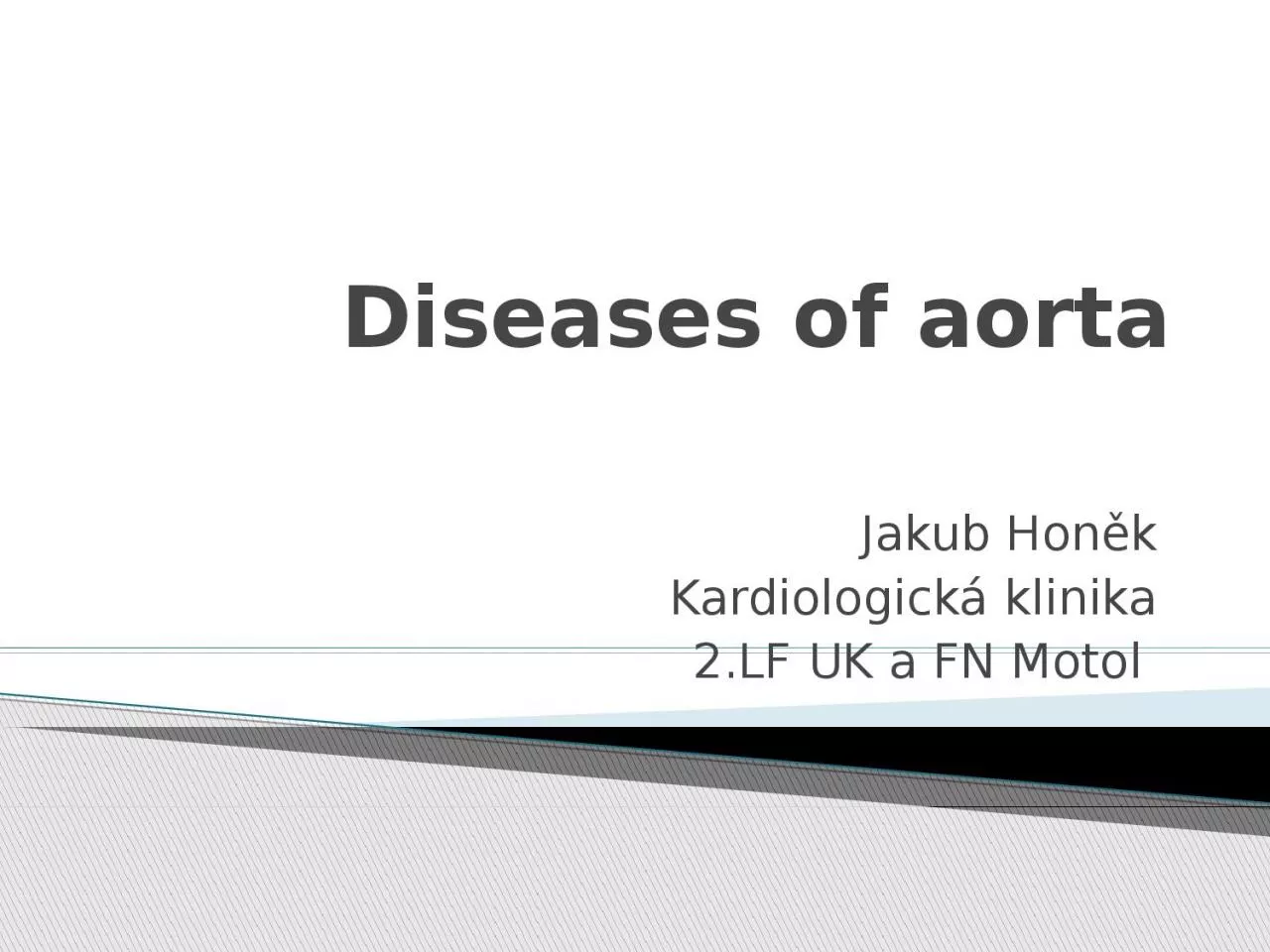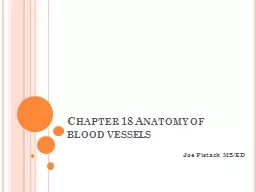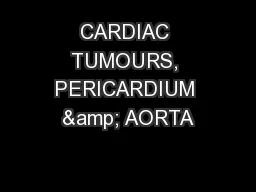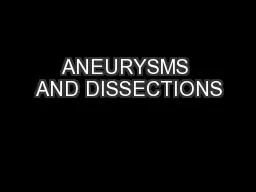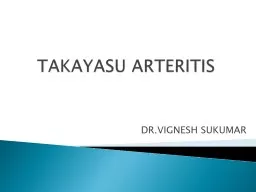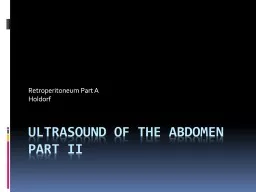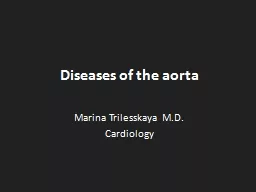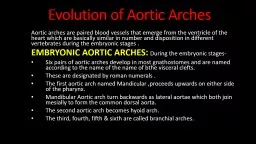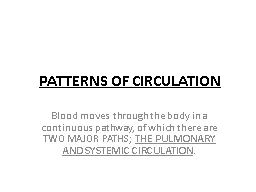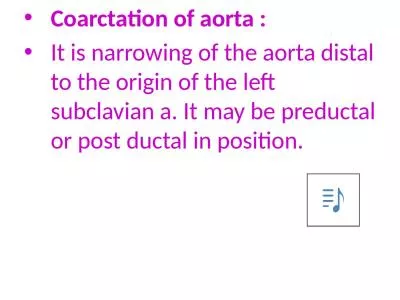PPT-Diseases of aorta Jakub
Author : josephine | Published Date : 2023-11-15
Honěk Kardiologická klinika 2LF UK a FN Motol Anatomy and physiology Abdominal aortic aneurysm AAA Aneurysm of thoracic aorta Aortic dissection Overview
Presentation Embed Code
Download Presentation
Download Presentation The PPT/PDF document "Diseases of aorta Jakub" is the property of its rightful owner. Permission is granted to download and print the materials on this website for personal, non-commercial use only, and to display it on your personal computer provided you do not modify the materials and that you retain all copyright notices contained in the materials. By downloading content from our website, you accept the terms of this agreement.
Diseases of aorta Jakub: Transcript
Download Rules Of Document
"Diseases of aorta Jakub"The content belongs to its owner. You may download and print it for personal use, without modification, and keep all copyright notices. By downloading, you agree to these terms.
Related Documents

